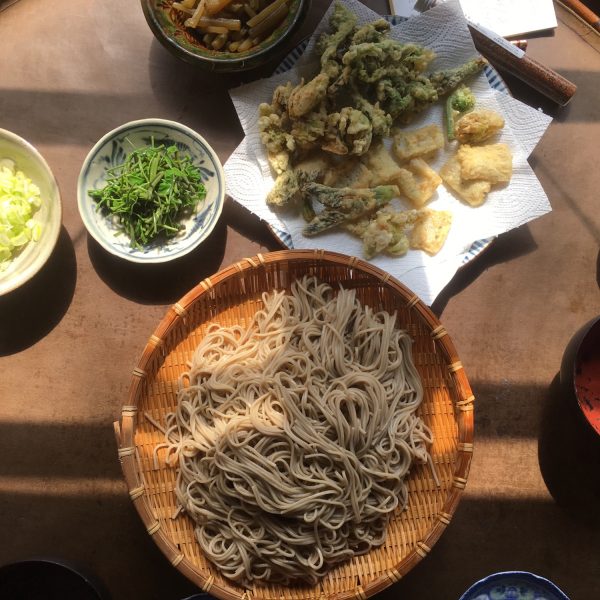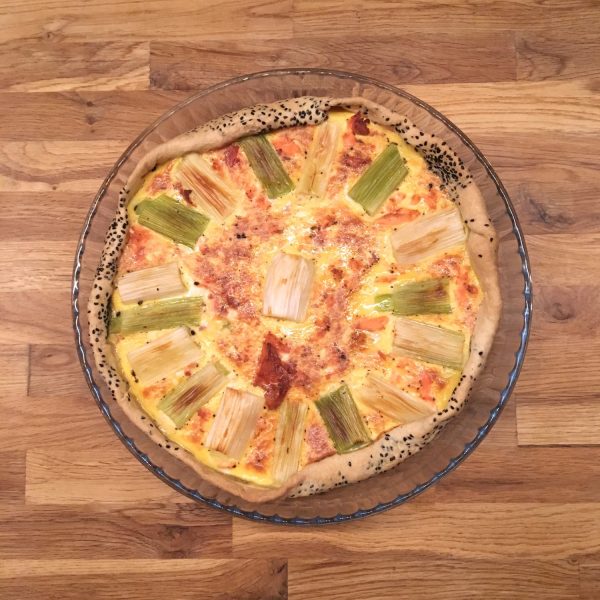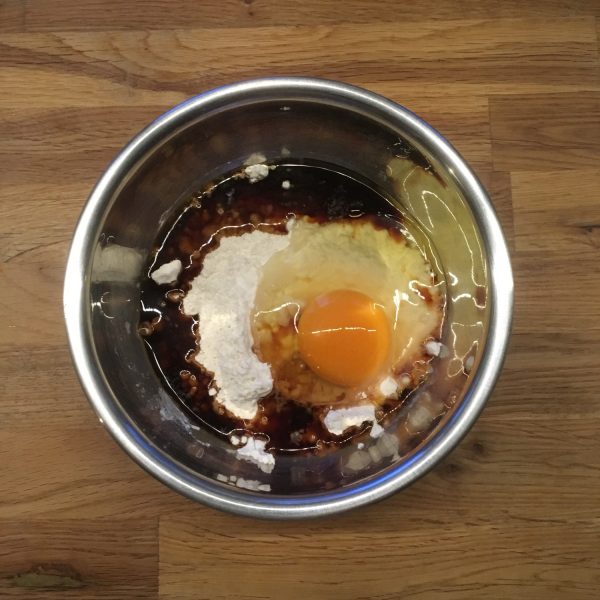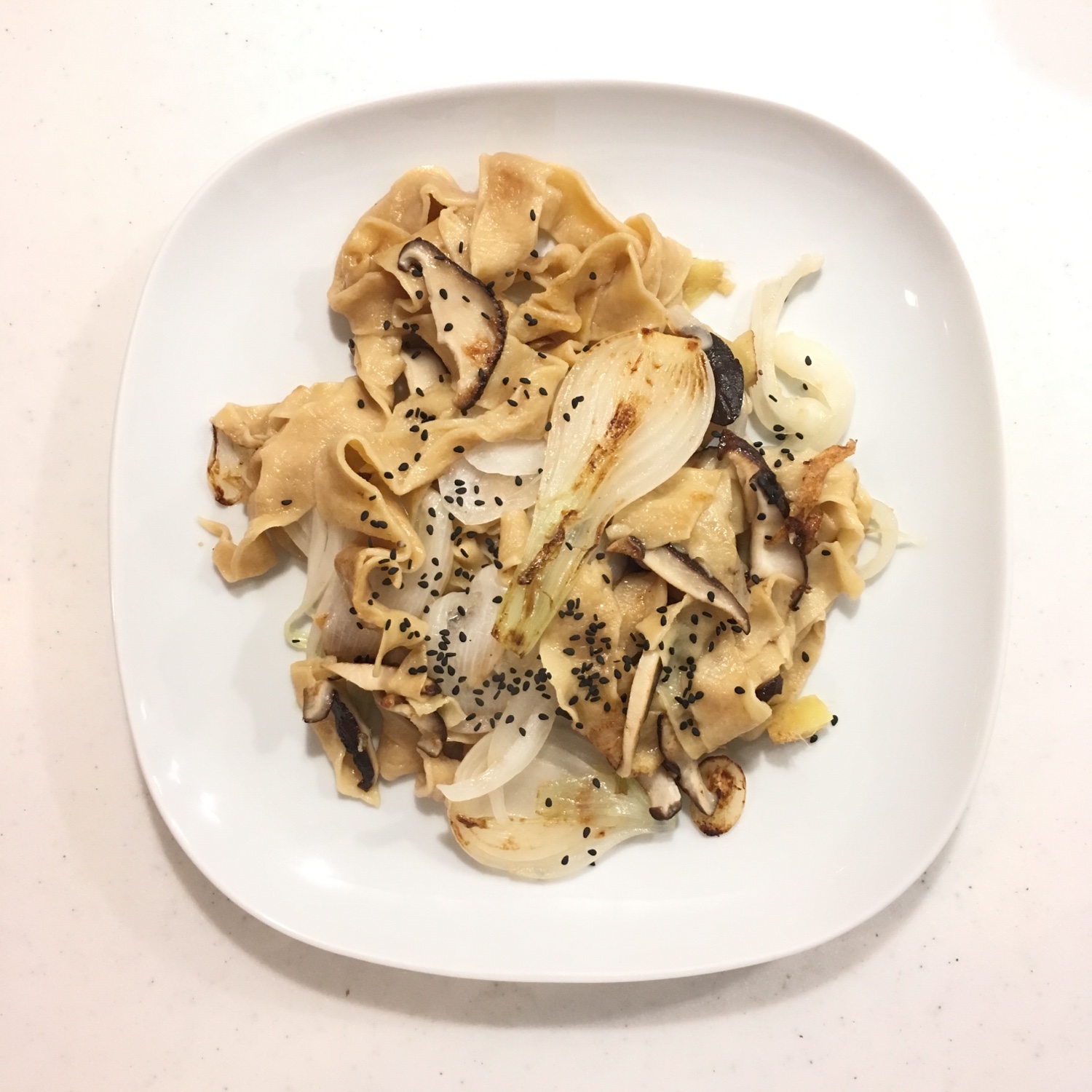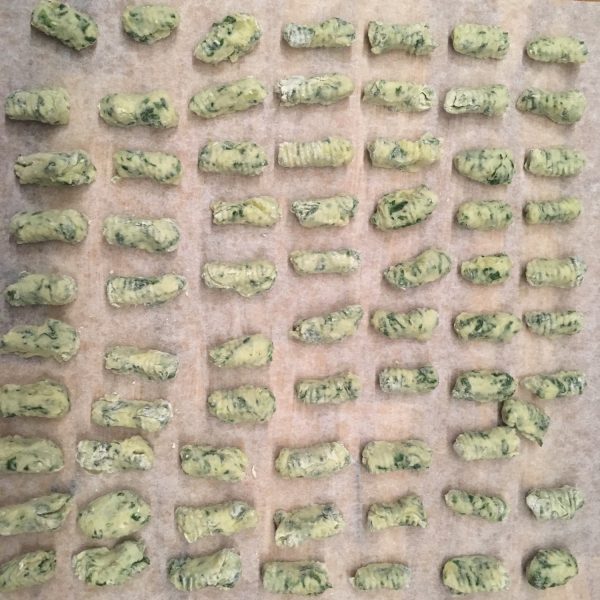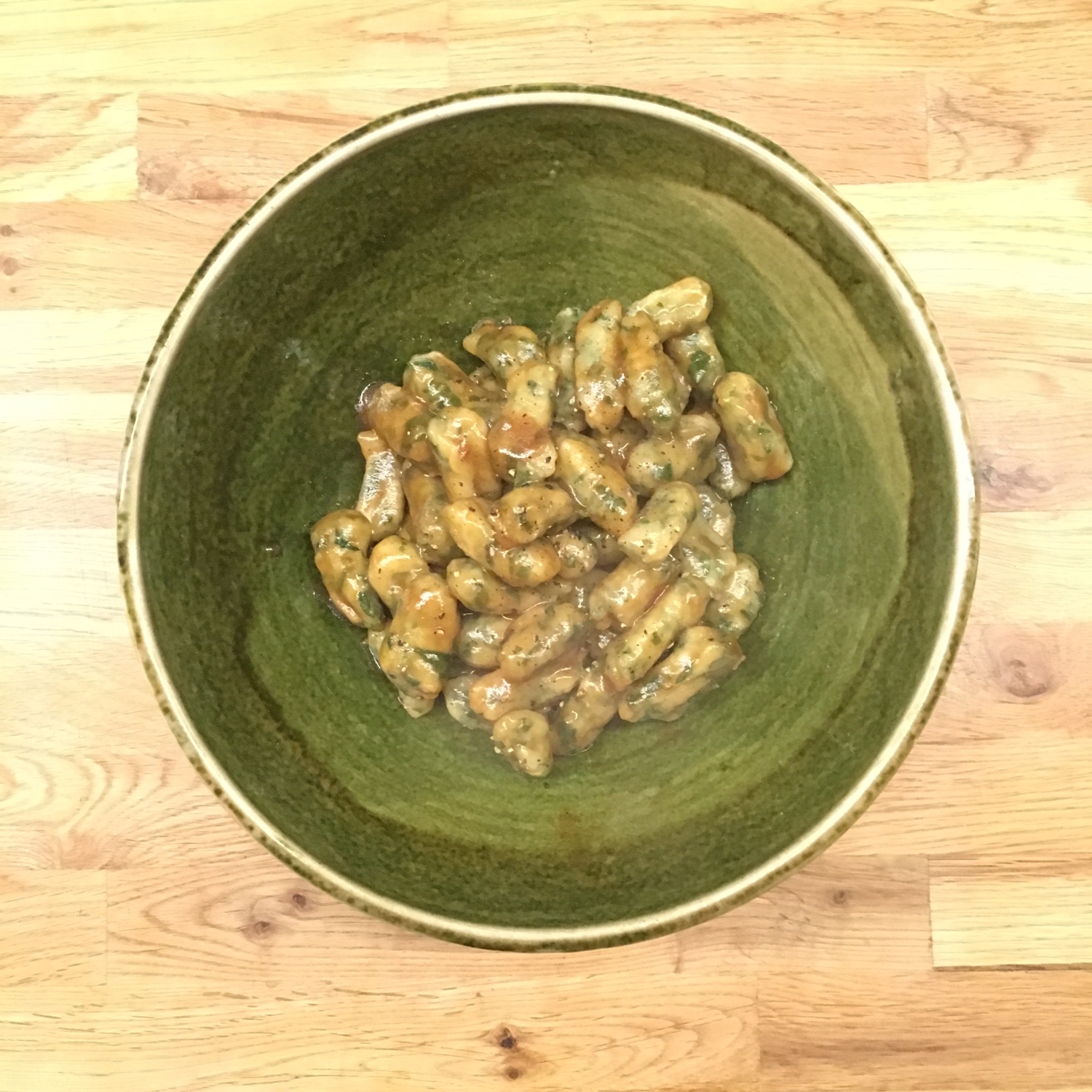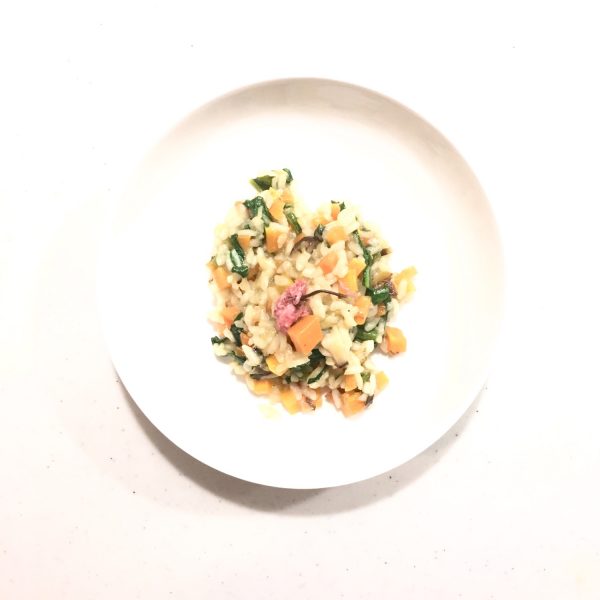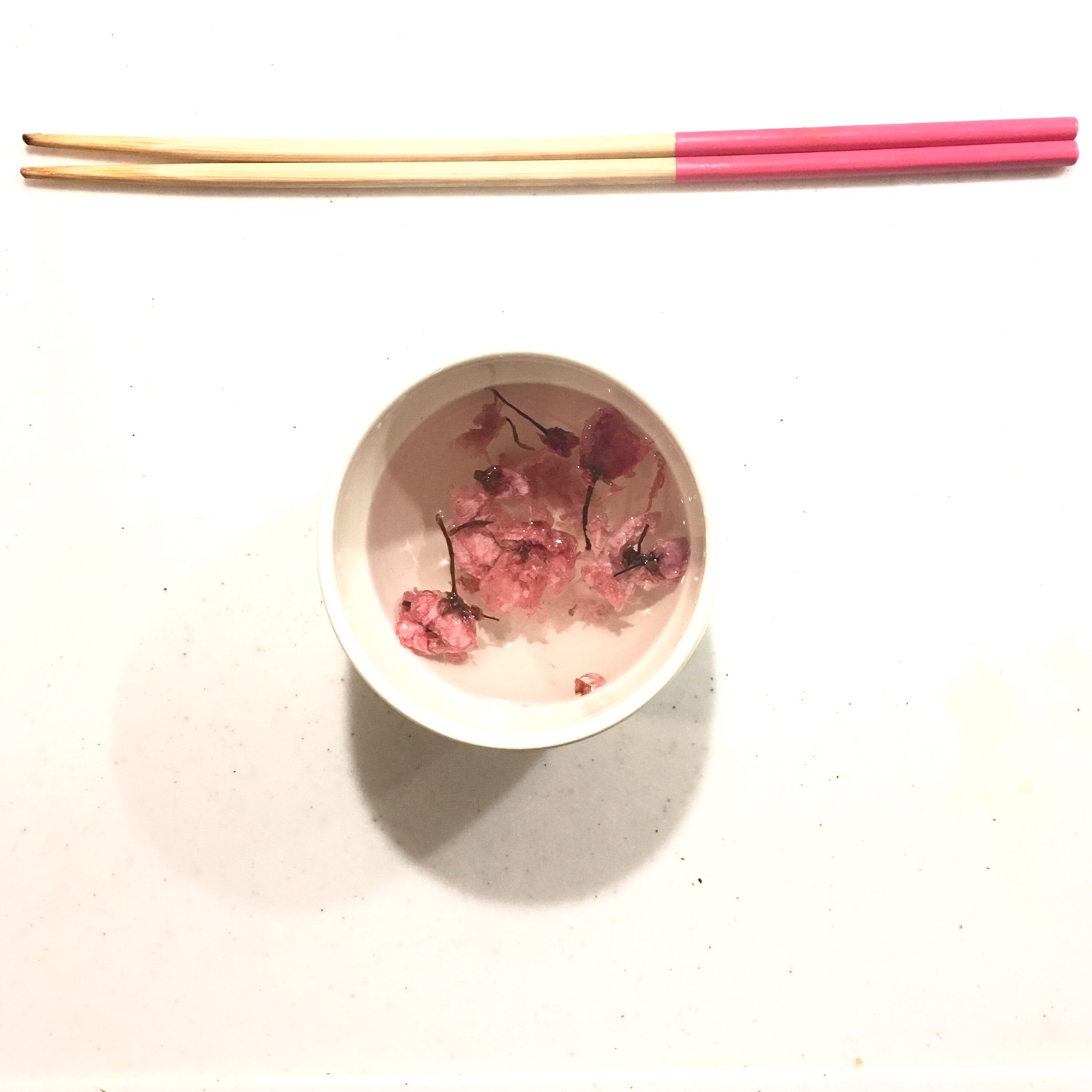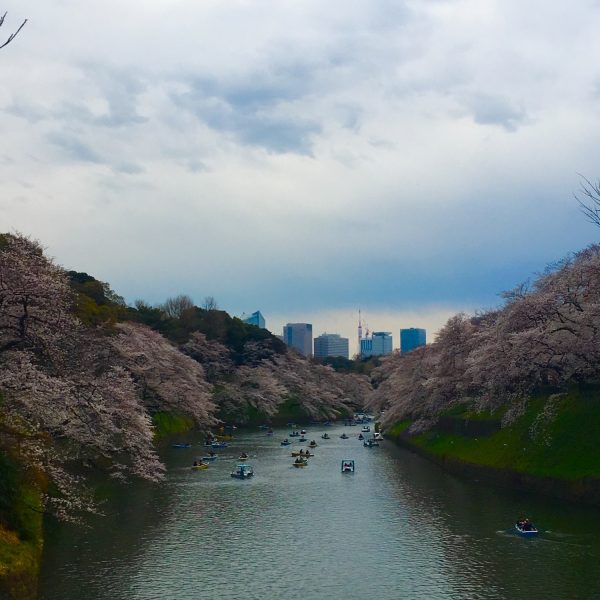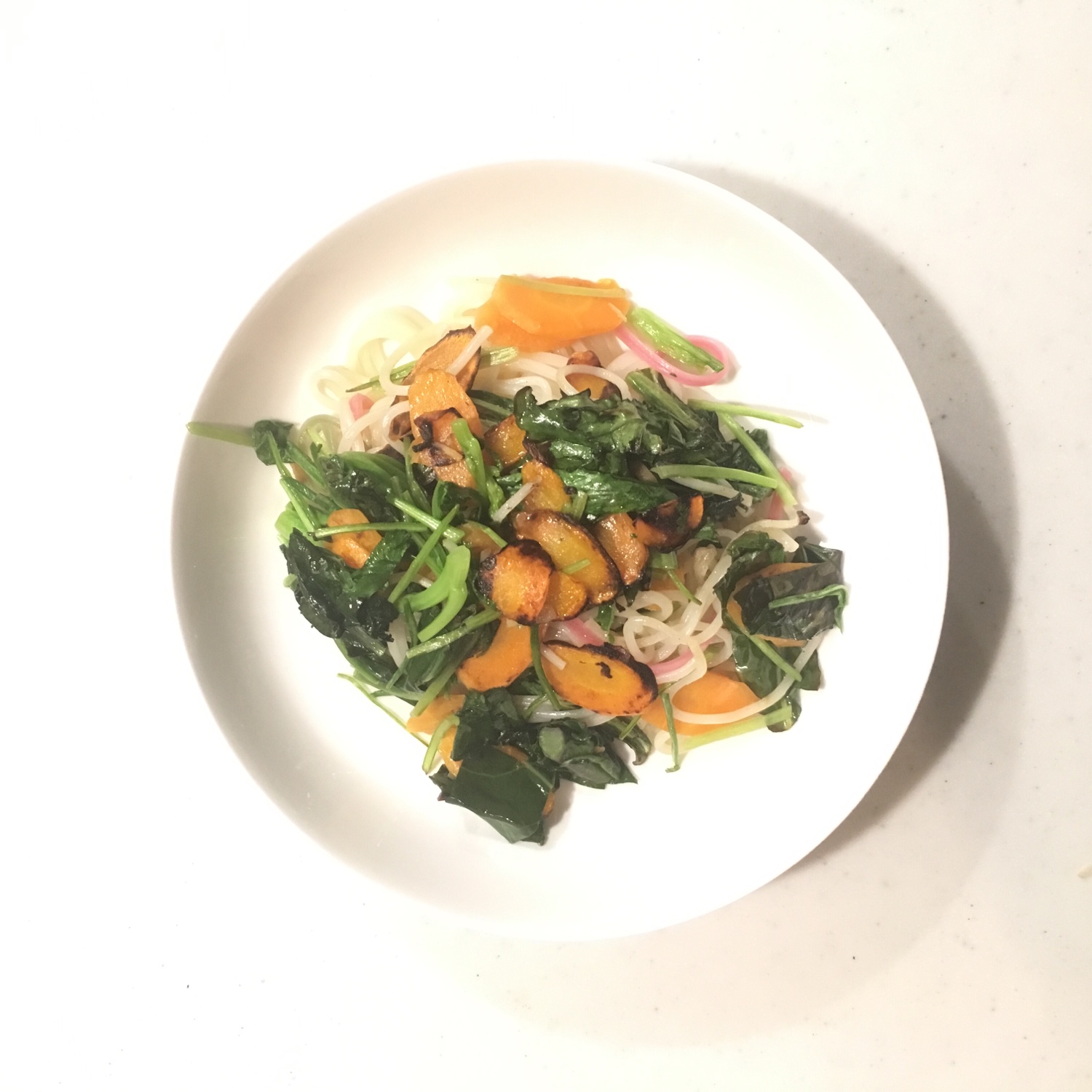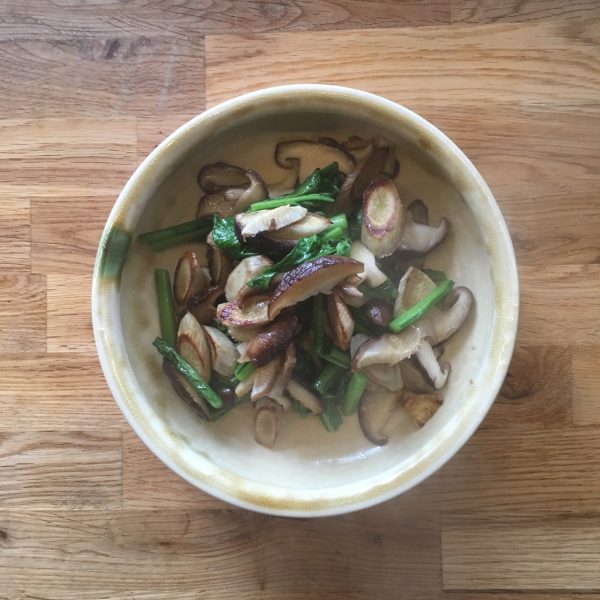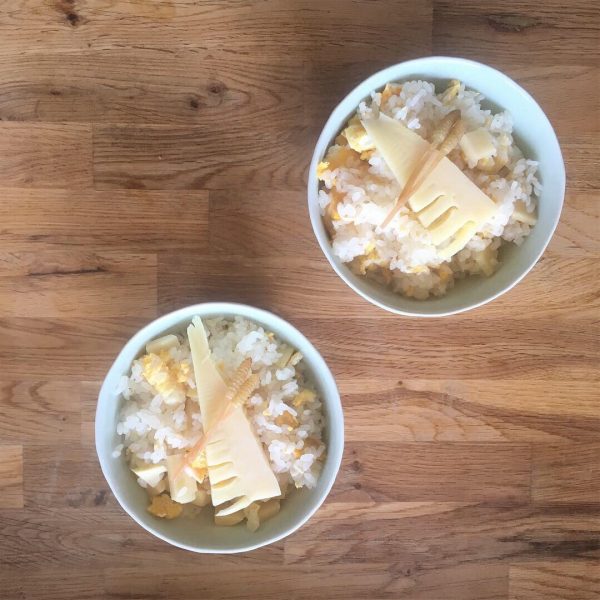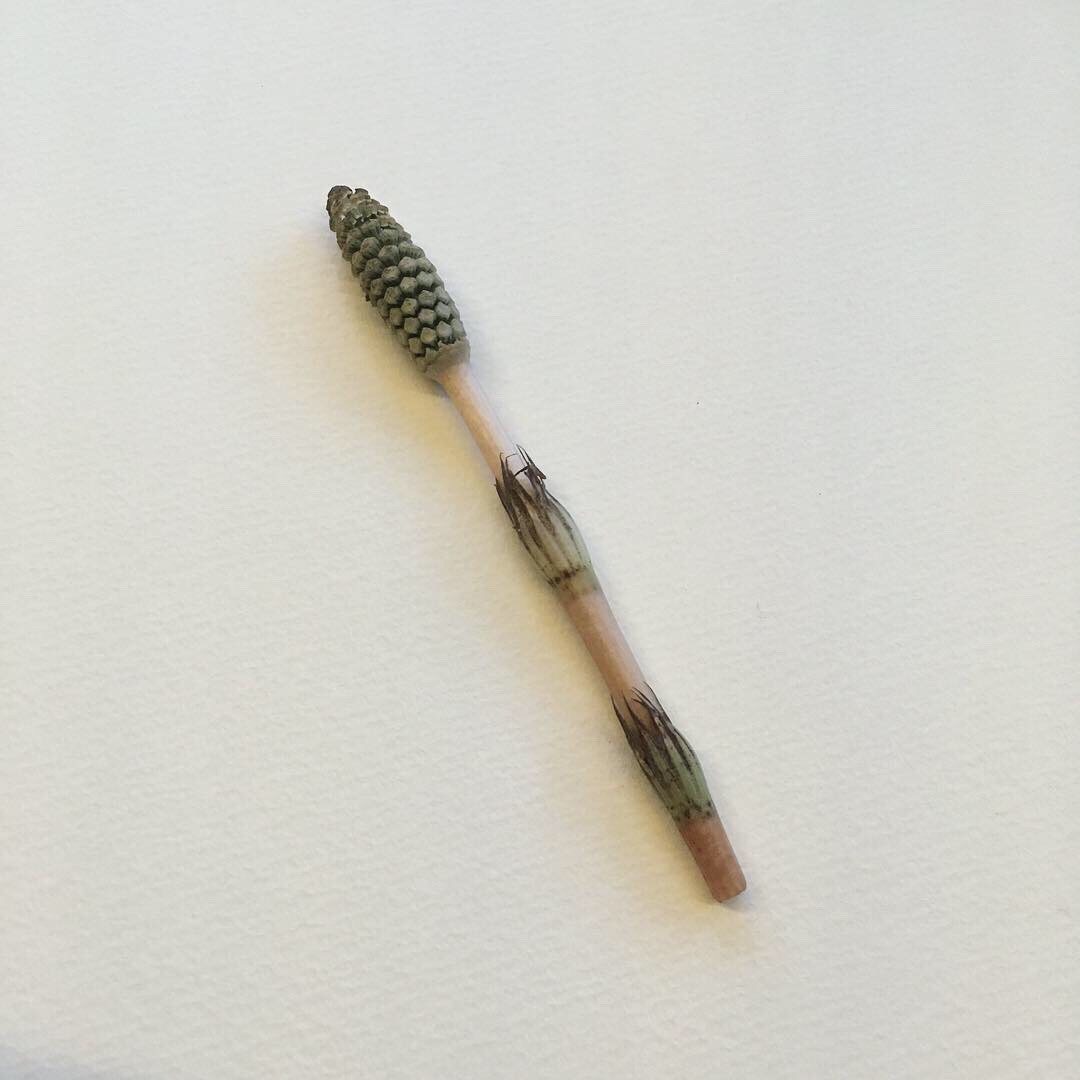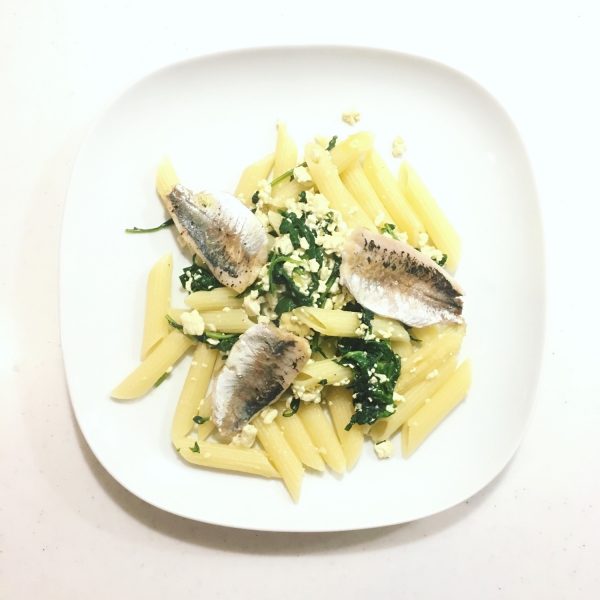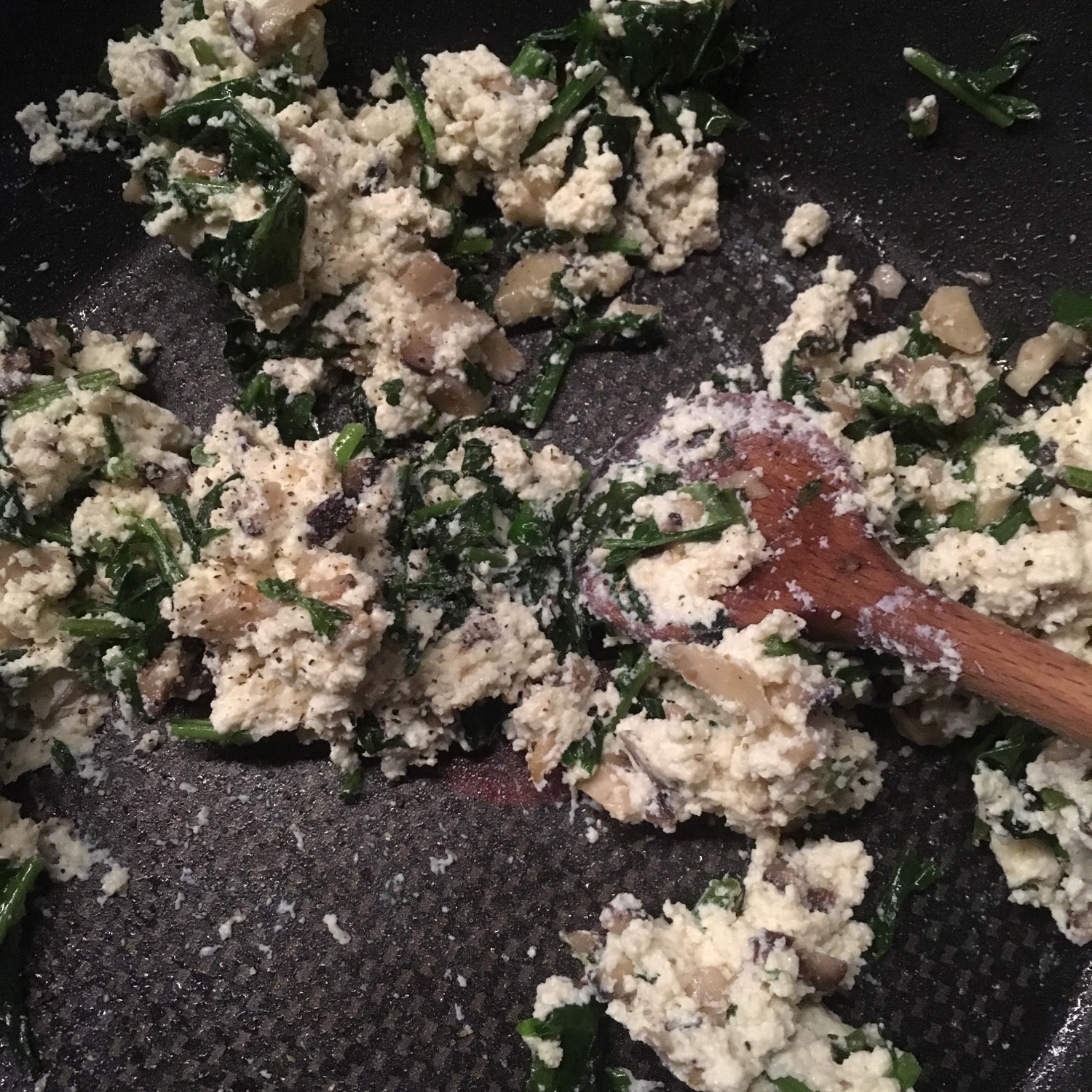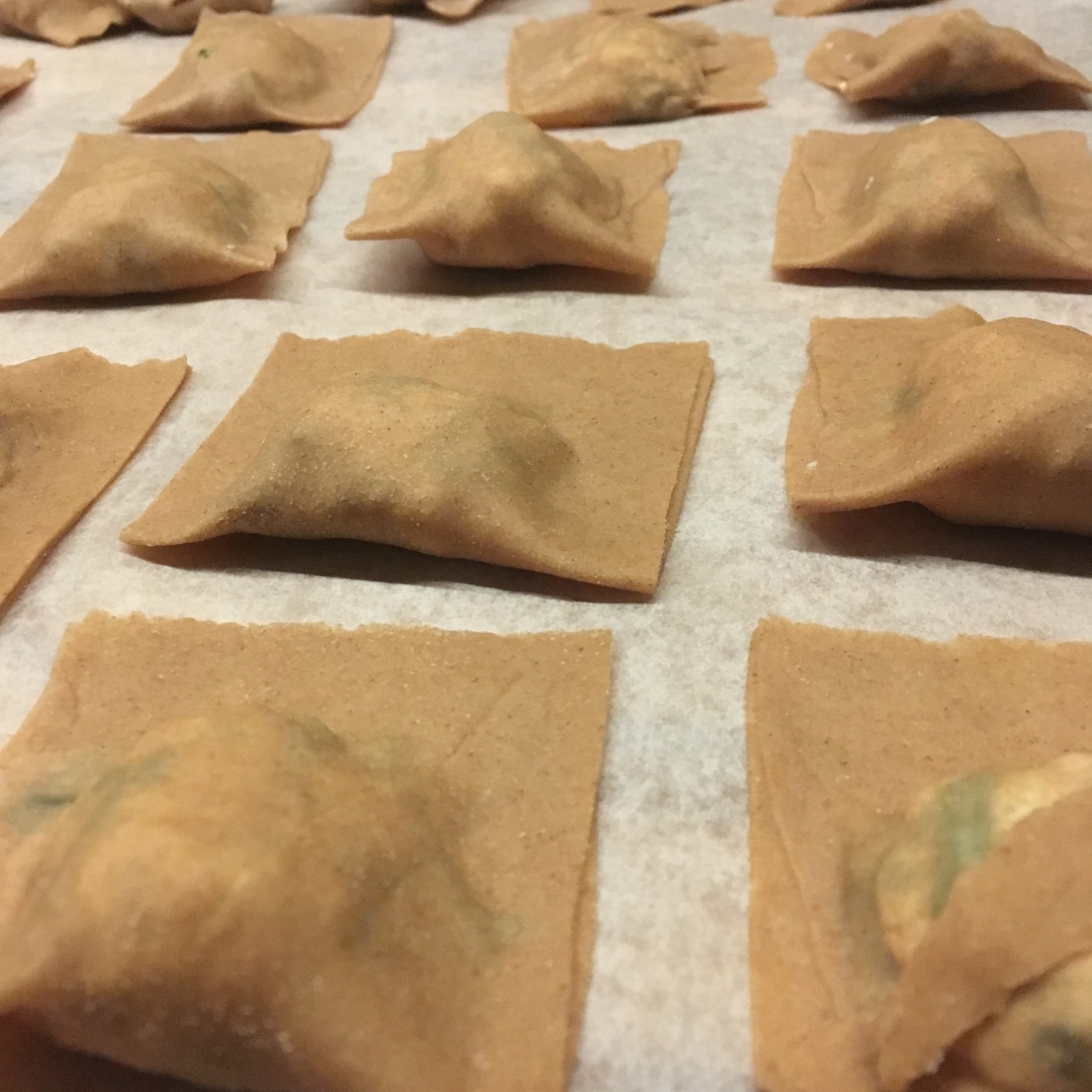More than 10 years ago our friends K. and S. invited us to their home in the Niigata mountains to go picking wild plants – 山菜 – sansai with them, and to cook and eat them together. Of course we couldn’t say no, and we had an amazing time with them walking deep in the forest, picking all the different kinds of wild plants, seeing wild animals and then learning how to prepare them…
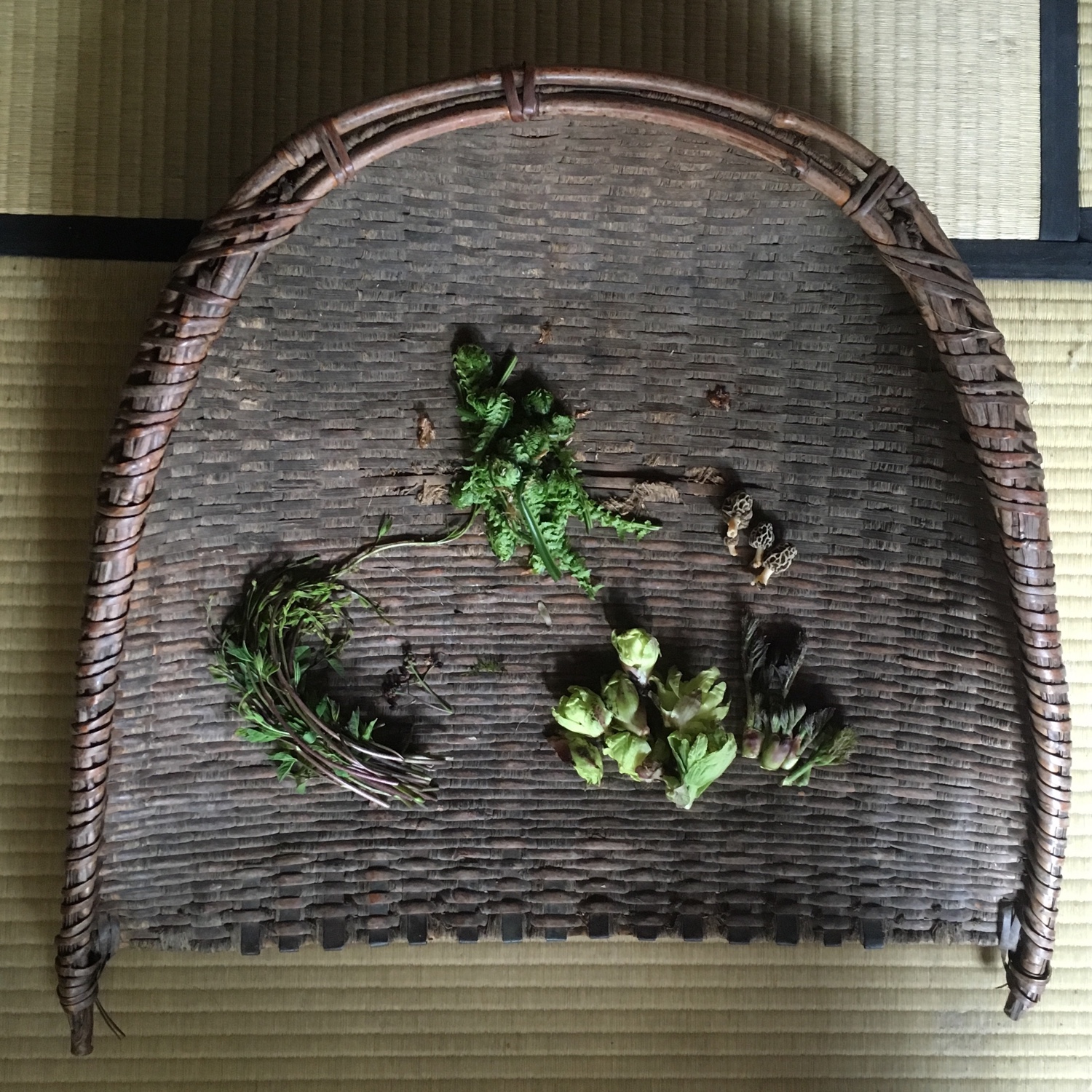
With the super long golden week, we decided to go and visit K. for a short trip to Tsunan and to go wild plants picking again. Since S. has past, we didn’t go as deep in the woods as we did before but we went for a long walk in the woods and picked enough wild plants for a nice lunch. The winter has stretched rather late in April with huge snowfalls and there was still quite a bit of snow, so we were a week or so too early. Here is an illustrated list of what we found though:
– つくし – tsukushi – horsetail
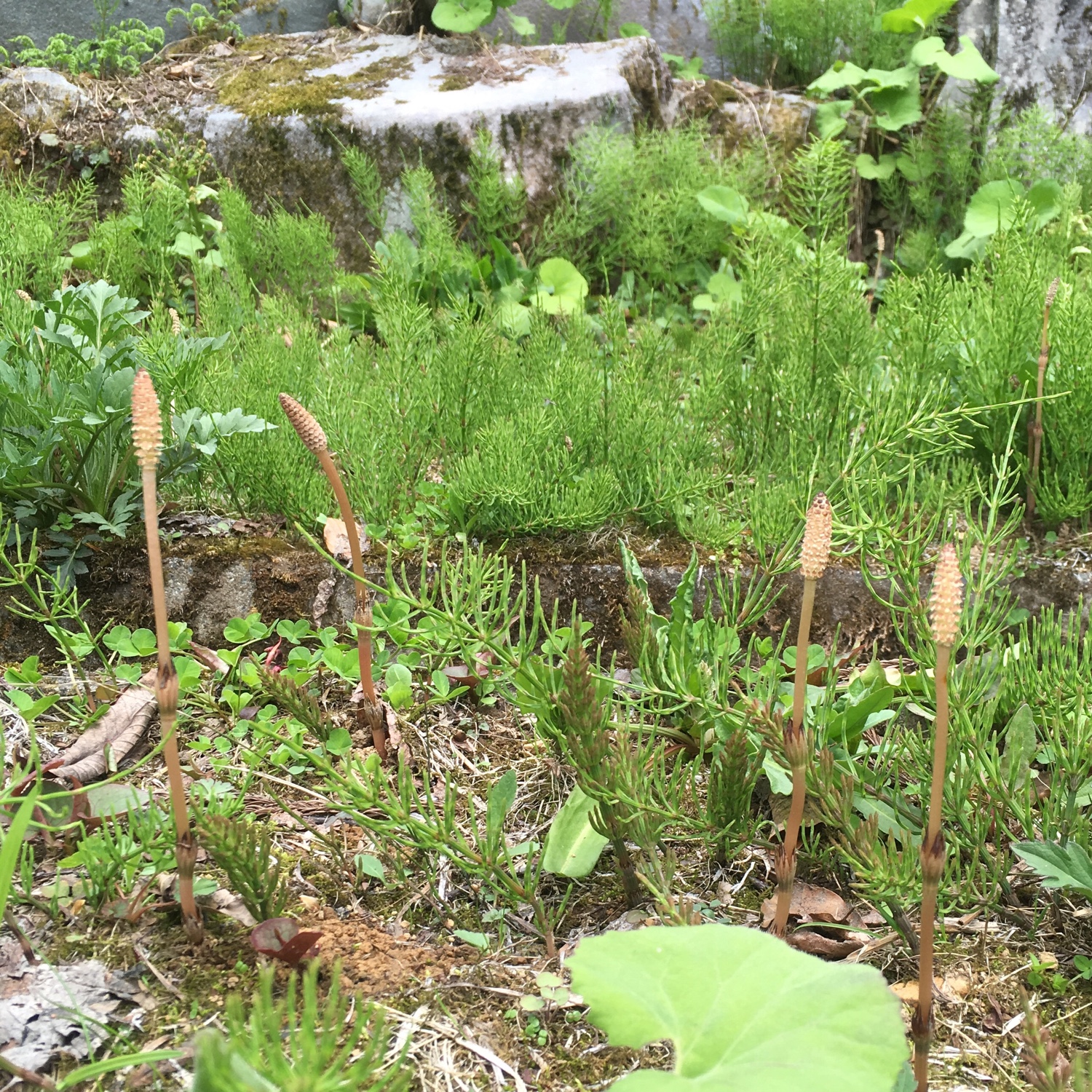 This little white flower can be easily found everywhere. Always take those that have no pollen. For preparation see my post here.
This little white flower can be easily found everywhere. Always take those that have no pollen. For preparation see my post here.
– こごみ – kogomi – fern sprouts
 They are easy to spot, easy to pick and super easy to cook. I find them as easy to prepare than wild asparagus: in omelets, with pasta… they are really the simplest of the sansai and the more accessible in terms of flavor and texture.
They are easy to spot, easy to pick and super easy to cook. I find them as easy to prepare than wild asparagus: in omelets, with pasta… they are really the simplest of the sansai and the more accessible in terms of flavor and texture.
– タラノメ – taranome – angelica buds
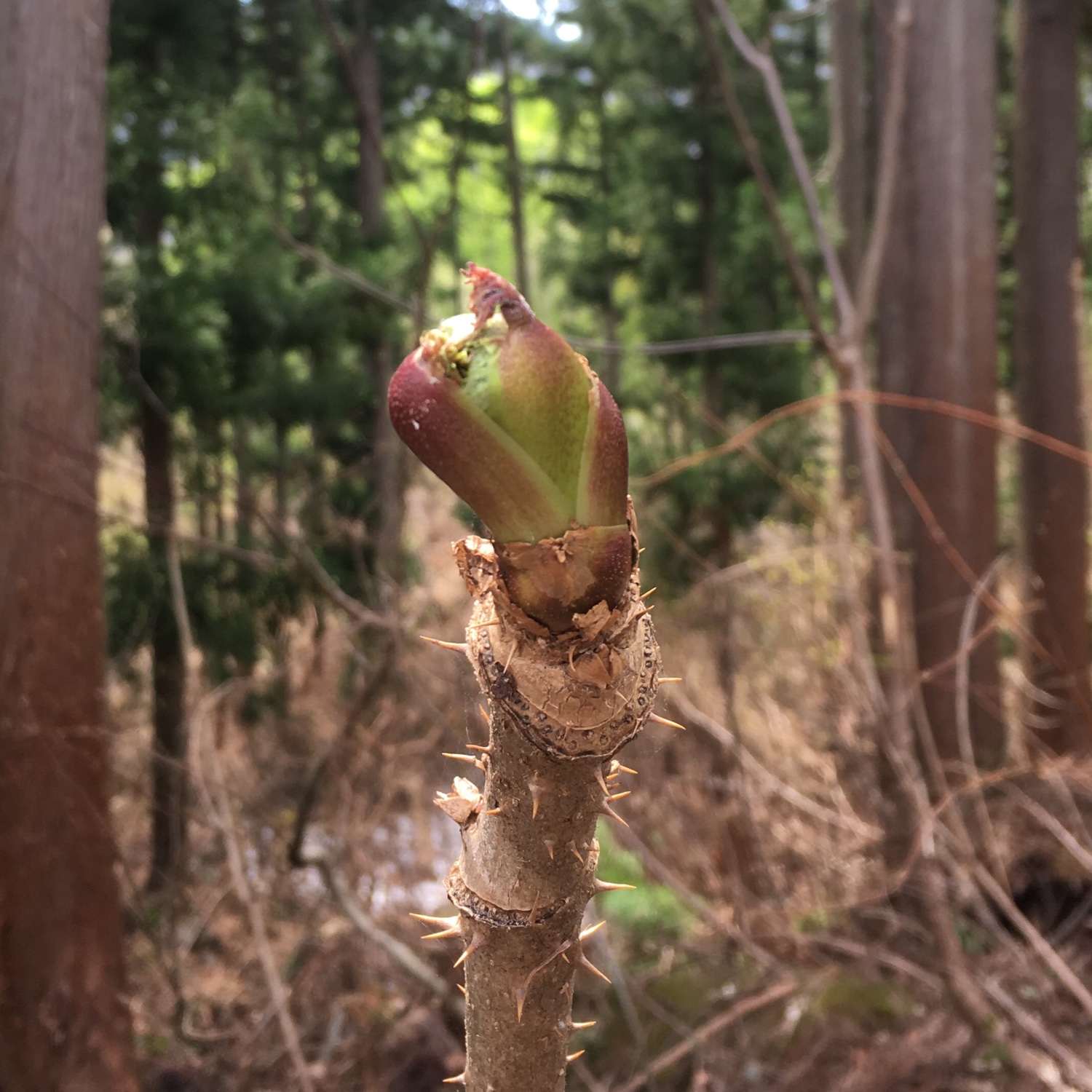 They grow at the head of wood sticks. The one in the picture is a little young and they need to have a few leaves out. These ones are really delicious in tempura and require little handling.
They grow at the head of wood sticks. The one in the picture is a little young and they need to have a few leaves out. These ones are really delicious in tempura and require little handling.
– 木の芽 – kinome – chocolate vine
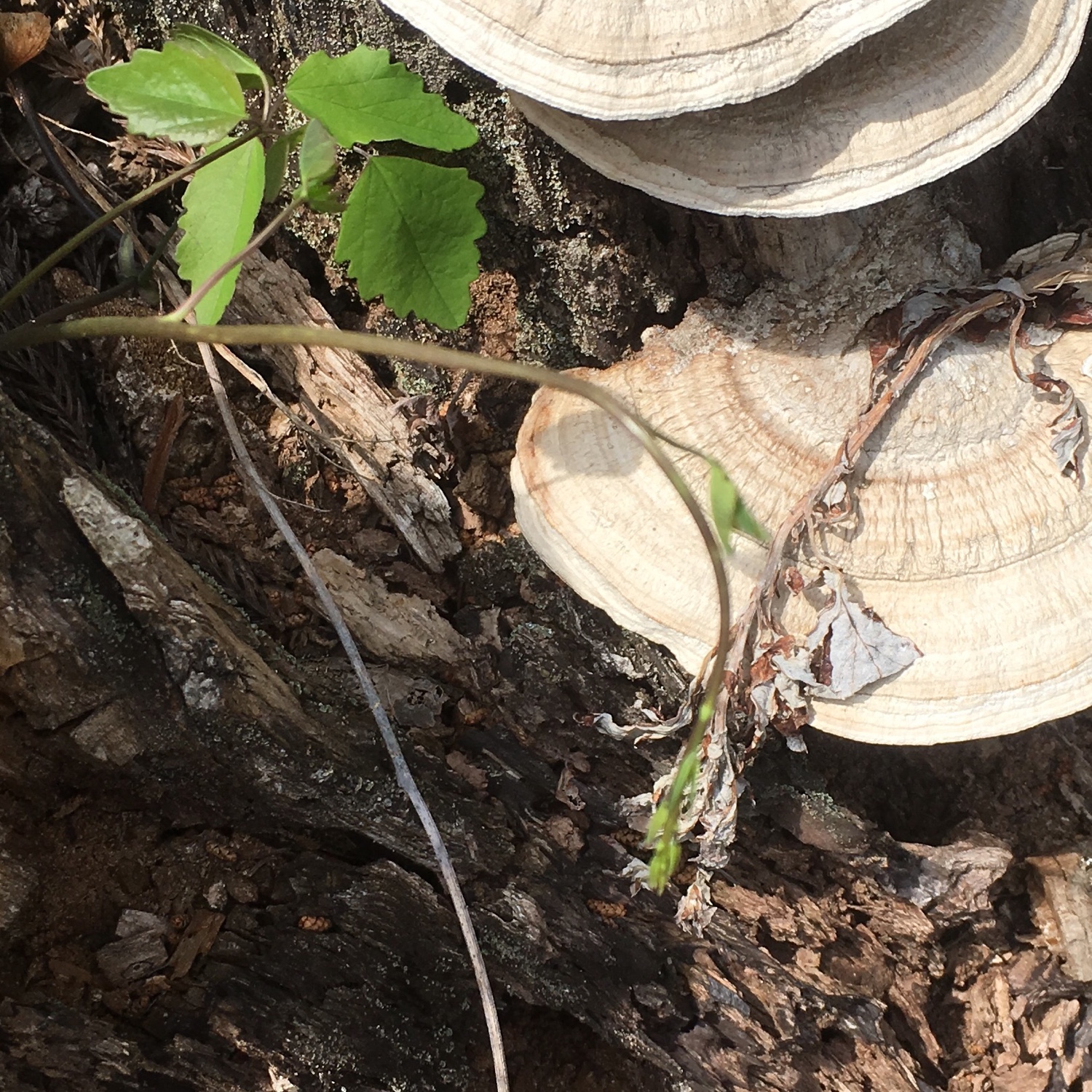 This little green sprout that grows in the midst of other trees sprouting is the hardest to find, but once you’ve spotted a tree, easily recognized by its leaves, it is easy to find the sprouts. Washed and eaten raw, or cook, it is fresh and crunchy.
This little green sprout that grows in the midst of other trees sprouting is the hardest to find, but once you’ve spotted a tree, easily recognized by its leaves, it is easy to find the sprouts. Washed and eaten raw, or cook, it is fresh and crunchy.
– 蕗の薹 – fukinoto
 In the mountain fukinoto grow right after a patch of snow has melted. So spot a patch of snow, and look at the edges. They are best when just sprouting. They can be as big as a ping pong ball. There taste is very strong and specific. Probably the most difficult to accommodate and cook of all. See my posts on fukinoto here.
In the mountain fukinoto grow right after a patch of snow has melted. So spot a patch of snow, and look at the edges. They are best when just sprouting. They can be as big as a ping pong ball. There taste is very strong and specific. Probably the most difficult to accommodate and cook of all. See my posts on fukinoto here.
There are many others wild plants such as zenmai – 薇 – osmunda japonica (with me on the below picture), yama udo – 山ウド, tori ashi shouma – 鶏足升麻… we also harvested a bit of some, so some others… we also found morels. we had taranome, fukinoto and kogomi tempura, kinome salad and tsukushi just heated in soya sauce and dashi.
Now the golden week is getting to its end… time to go back to work soon!

